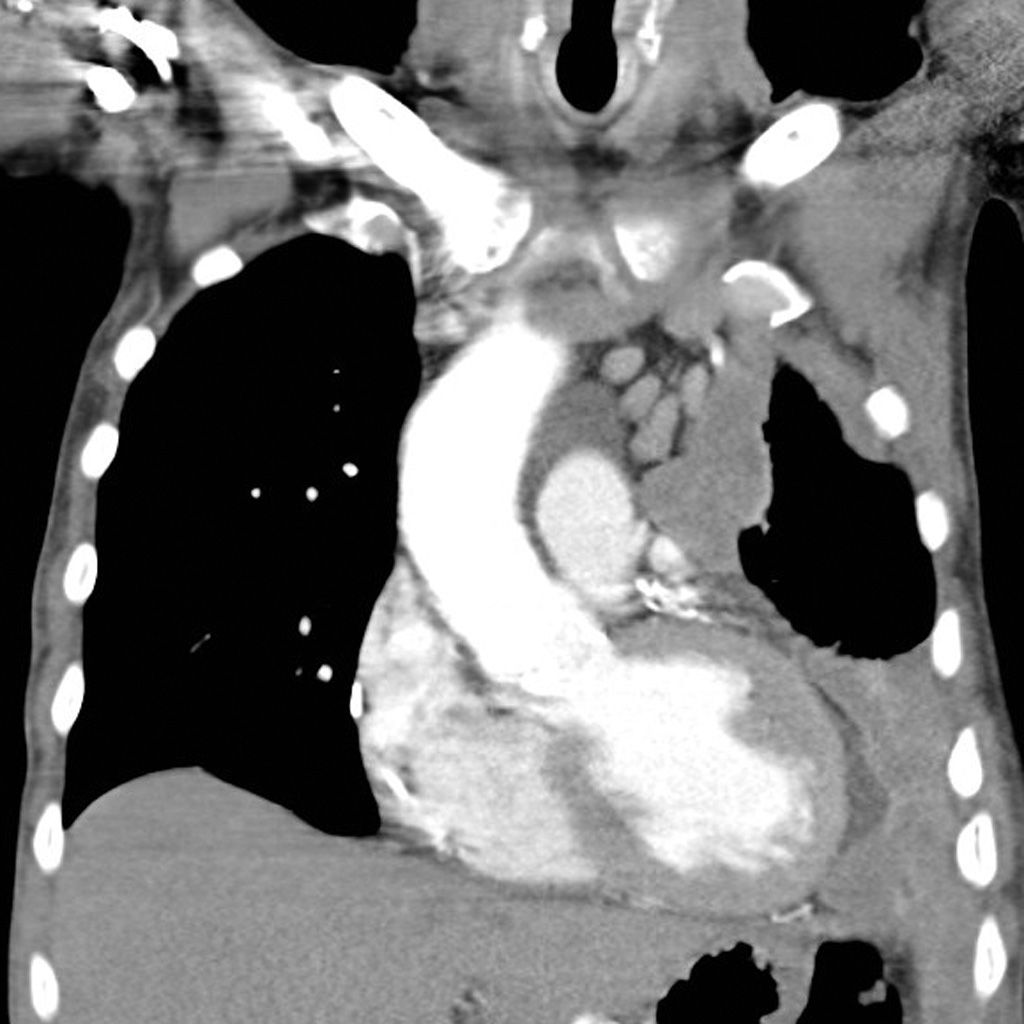Mesothelioma is a form of cancer affecting the lining of the lungs and abdomen, so far only known to be caused by asbestos. It occurs due to inhaled fibres penetrating the lung walls, causing cancer in the lining of the lung (pleura). If swallowed, fibres can penetrate the stomach or bowels and cause cancer in the lining of the abdomen (peritoneum). Mesothelioma has:
- High association with amphibole asbestos (brown and blue)
- Can take up to 45 years to develop after initial exposure
- Extremely aggressive (“Turbo charged”) cancer
- No relation to smoking
- Death usually occurs within 6-18 months after diagnosis
- There is no cure




